Skara, The Blade Remains is a versus-style multiplayer hack’n’slash with the soul of an RPG. Developed by a small team of 12 crazy indie developers in the UK and Spain using Unreal Engine, Skara is set on a post-cataclysmic fantasy world where only the strong can survive. Teams and individuals of up to 16 will battle it out for supremacy in Skara’s full game mode, becoming the protagonists of an unfolding story.
Until then, players can play quick versus fights, longer free-for-all brawls and six-person Team Deathmatches in dangerous environments.
Skara began its life in the sketchbook of a university professor named Pablo. Pablo wasn’t your average university professor: He taught video games, and on the side he was the drummer for a heavy metal rock band called Peste Negra.
At first Skara was just a pencil map covering two pages, an intriguing land full of strife and struggle. Pablo added more and more sketches to the book. Just like that, a game was born.
Pablo first mentioned Skara to the members of Peste Negra, one of whom, a professional illustrator, was intrigued. He began drawing too. Next, Pablo told his students. Together they considered ways of improving the idea. Pablo asked them what all their favourite elements of games were. How could they incorporate the ideas together to make something new?
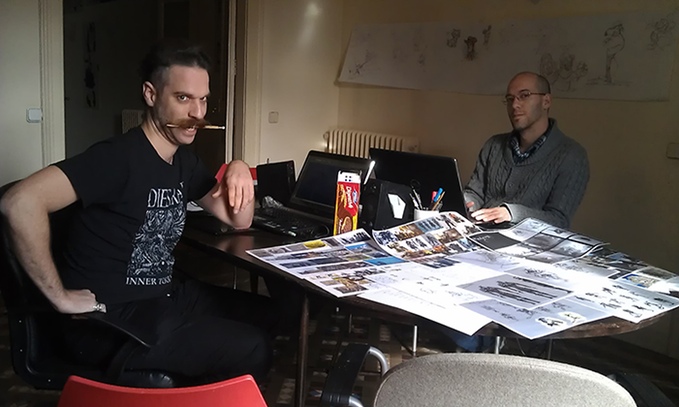
The students were interested. Most of them liked versus fighting games and third-person fighters, games with good storylines and character development, some even admitted to loving MOBAs.
Putting all of it together suddenly made sense. Skara had become a full-fledged game concept. Pablo’s students asked him if he would make it, and, if so, whether they could join.
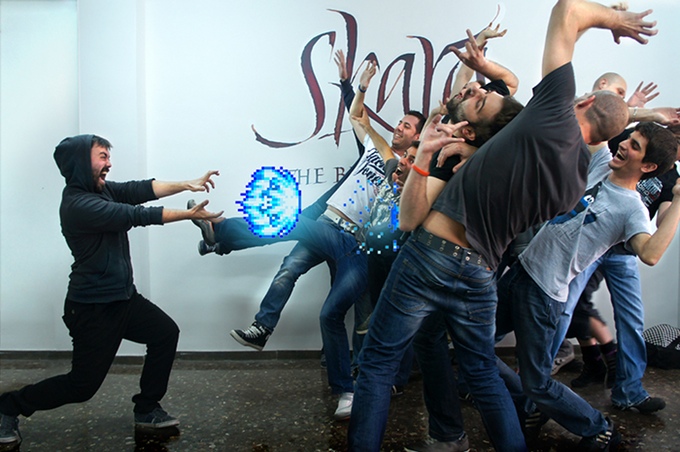
But game developers need to eat and have places to live. For that, they would need money.
So Pablo thought deeply, remembering his childhood friend, Cesar. Both of them had loved games, but only Pablo had gone on to make them. Cesar had become an engineer and later got an MBA and worked in London as a banker. Pablo called Cesar, telling him about the game concept and asking for help.

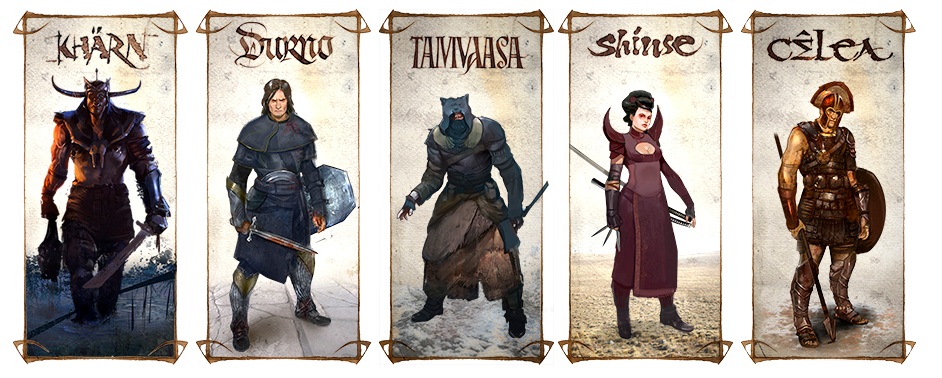
Cesar loved the idea, and decided to call up some friends who knew more about the business of making games to see what they thought. They loved it too, and asked if they might invest in the game. So Cesar joined Pablo to create a company, they rented a small studio in Barcelona and bought some computers and Ikea furniture with start-up funds from a group of friends and family. Skara had become a reality.
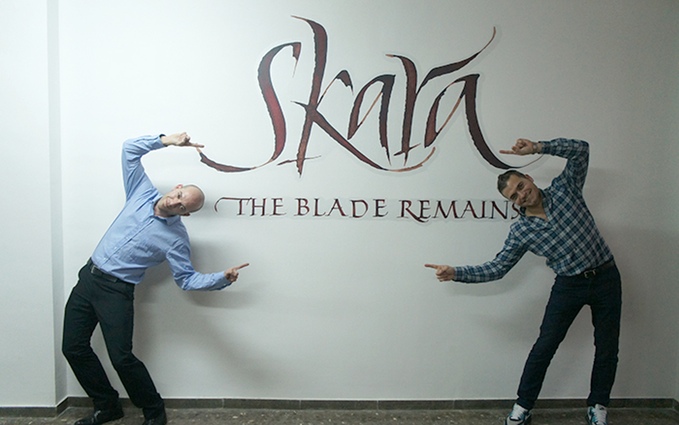
An Epic Journey
Skara actually began on Unreal Engine 3, the engine Pablo and the small team were most familiar with. But Epic Games, the makers of UE3, were busy developing a new engine, UE4. Pablo decided to meet with them to see what it would take to get Skara made with the new engine, despite the fact that UE4 wasn’t released yet.
The Epic team loved Skara too, and they agreed to let the team work with UE4, before it was even released.This was great, but almost six months of development was now for nothing. The team would have to start over.

But clearly there was no looking back. UE4 was able to do so much that UE3 couldn’t, and the talented team that had grown to be about 12 strong found that they could make a AAA-looking game with the resources of an indie team. That said, working with brand new technology took time to learn, and later on it proved more difficult to integrate with third-party software. Hours of valuable programming time were spent on these tasks, rather than the game.
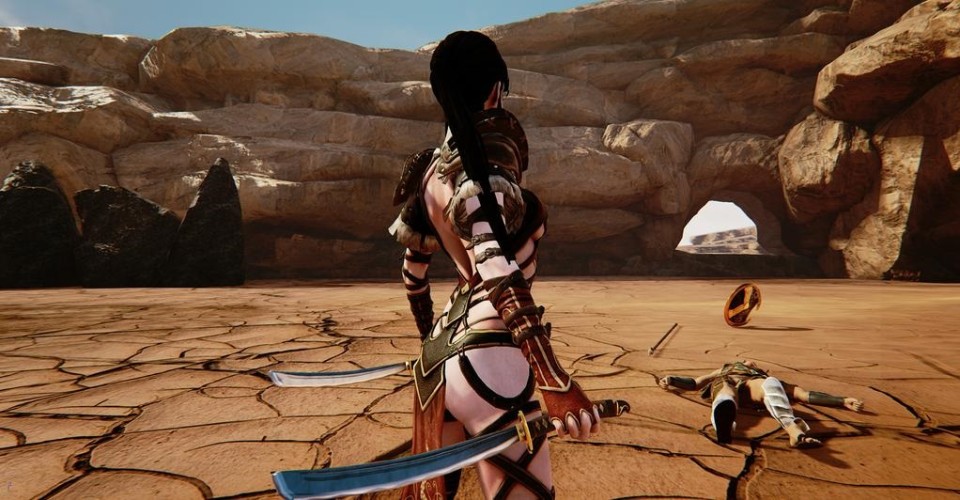
Milestones raced by. The team pitched Skara for the Steam Greenlight. To their surprise it took only eight days of voting. The team also applied to join the new startup accelerator sponsored by Microsoft. The London-based accelerator accepted them, and so Skara joined the first cohort, one of only two game studios to do so.
This turned out to be a key step towards getting Skara approved for console development. Skara was approved for the ID@Xbox programme, and approval for PlayStation soon followed.
Through some mentors at Microsoft Lift Studios (arranged through the Accelerator programme) Skara continued to progress. The team worked on methods of disciplining the process and handling bugs, the hard lessons learned by bigger studios that virtually everyone must follow, or fail.
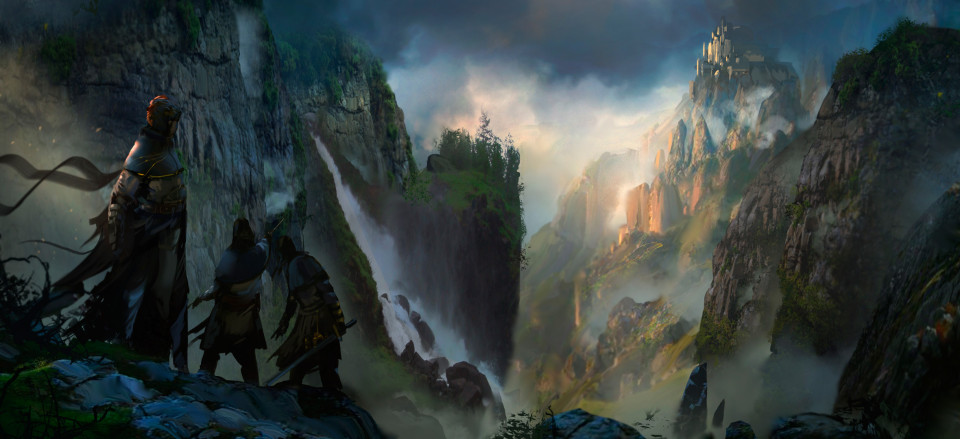
Pushing on
Making a AAA-quality game takes time, even for huge teams. The miniscule team working on Skara was often forced to work long hours, especially in the Spanish summer without air conditioning. But they endured, even when the numbers of tasks grew instead of shrinking, and a polished game seemed far from possible.
Many of the original features proved very difficult to design. The most famous of which was the combat targeting system. The original, automatic system worked, but it lacked the precision needed for the game to be successful. So the team scrapped it. Only when a very experienced designer, named Luis joined the team did they get it working through a set of brilliant ideas—and a manual button.
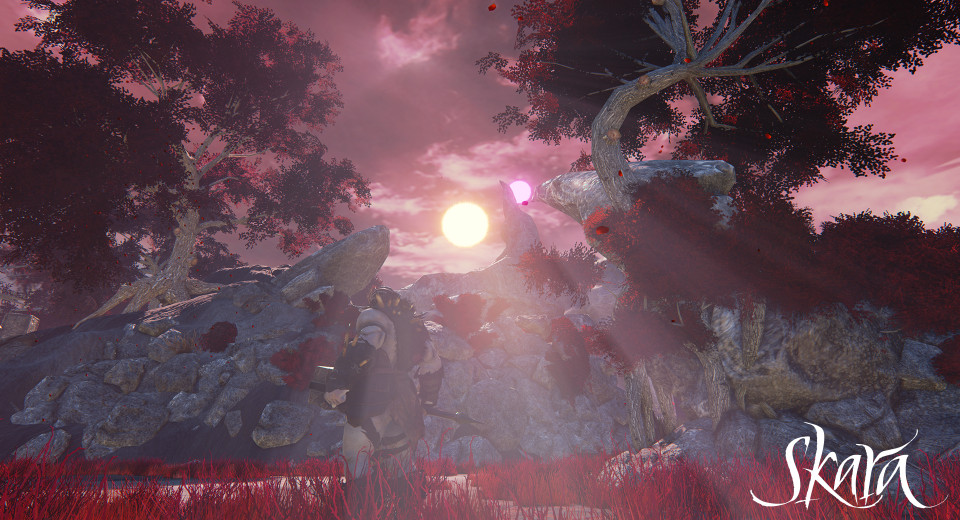
All of the arenas underwent numerous changes. Our favourite, the Lava Coliseum, doubled in size. So did the character, Khärn. We decided the Tamvaasa concept art we started with was just too generic, so we went back to the drawing board (literally).
Many changes came after feedback from the players community. We added AI much sooner than we planned because the Early Access pre-alpha didn’t have enough players to create matches. We also changed some features of the arenas to make them more fun, like an interactive pit in the middle of the Lava Coliseum that would fall every time the player hit a lever.

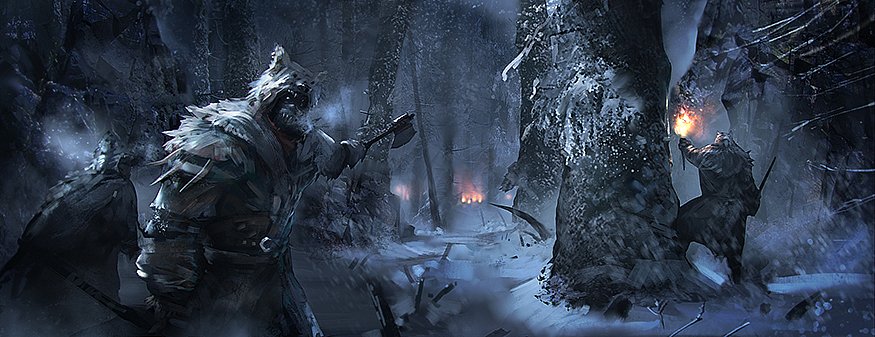
The team also created Groth (named by a fan) by popular demand, a fearsome monster AI to make the Lava Coliseum more difficult and more fun.
Following this principle of more interactive features in the arenas, the team also redesigned the second arena, Zem Moorlands, to be a three-zoned arena players must dominate to win.
All along it was a tale of learning to do more with less, living with the constraints we had, making the game more fun on a smaller scale, because the dream we began with was just too big to achieve. For now.
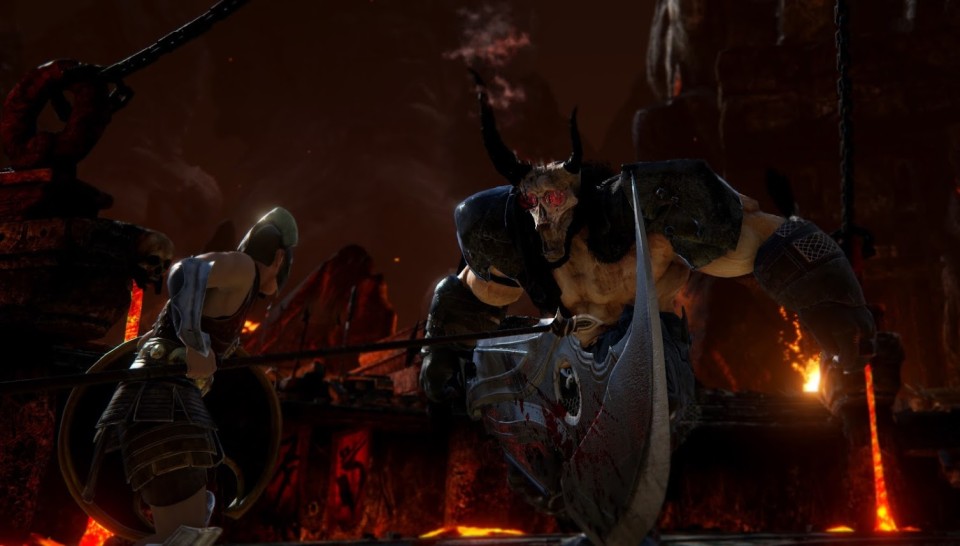
use the opportunities
Skara is still very much in development. Our full alpha was released earlier this year, with a scheduled free-to-play beta release for later.
It has been many, many days since Skara was only in a sketchbook. Our small team of a few veterans and a lot of eager, talented students has quickly become a hardened, experienced group, though we have had to say goodbye to a few members over the two years of development. This is always difficult, but they stay in touch and share our triumphs and continuing struggles, as friends.
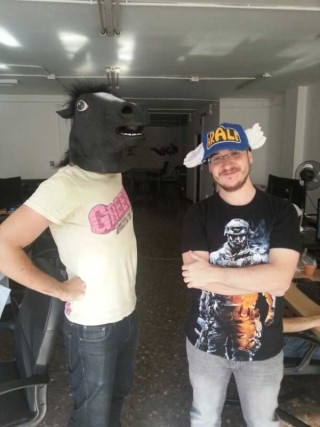
There are many lessons that every developer learns along the way. Here are some of ours.
The first one is to take advantage of every opportunity to meet and get to know other people in the industry. It’s those relationships that prove the most useful in overcoming problems and finding new ways to progress. We would not have gotten access to UE4 if we hadn’t attended E3 that year.
Start building a community around the game as soon as possible, to not be afraid to let them in on the secrets and have a say in the creative process. Skara would not be what it is without the input and support of our incredible community, who helped us get through a Kickstarter funding round, and much more.
Do not do a Kickstarter too early. Our first Kickstarter project, which we launched right out of the gate when we started, did not go anywhere, because nobody knew about Skara yet. After a year, with a much larger community base, we passed!

Take advantage of bigger companies’ experience and connections. There are more programmes like the Microsoft Accelerator out there, and they are great places to sharpen skills and improve.
Finally, keep it realistic. Rome wasn’t built in a day, and neither are really good games. Of course, every developer thinks they can do everything and get it done quicker than anyone has previously. That’s because it is difficult to foresee all the issues that will pop up. So keep these in mind and make sure anyone who is behind the game or working on it knows that it is going to be a long and uncertain journey. But a fun one.
After spending about a year in open Early Access, Skara moved to a closed beta. To get into the game, you have to sign up for a beta invite. The full free-to-play release is around the corner!
The team just released a new build, which includes the updated Tamvaasa character and new gameplay for the Team Deathmatch arena, Zem Moorlands.
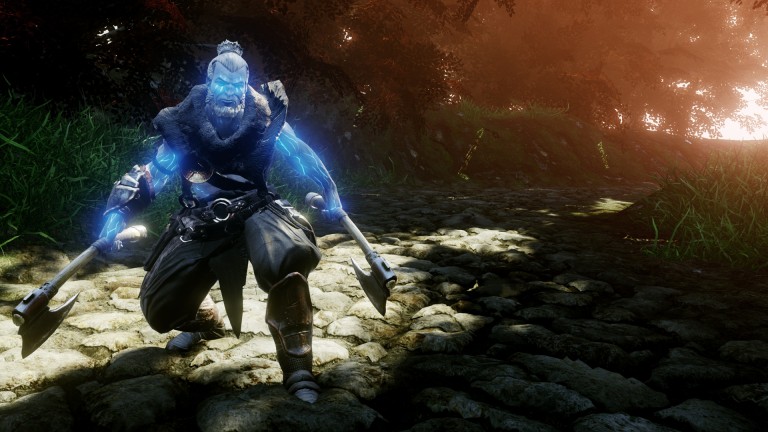
Now the team is working on the next build, which will include dedicated servers and an exciting new Siege Arena called Jotheim. Jotheim will include lots of tactical gameplay, where one team tries to storm a fortress (and free the Giant Eagles within), while the other team tries to keep them out.
Comments









